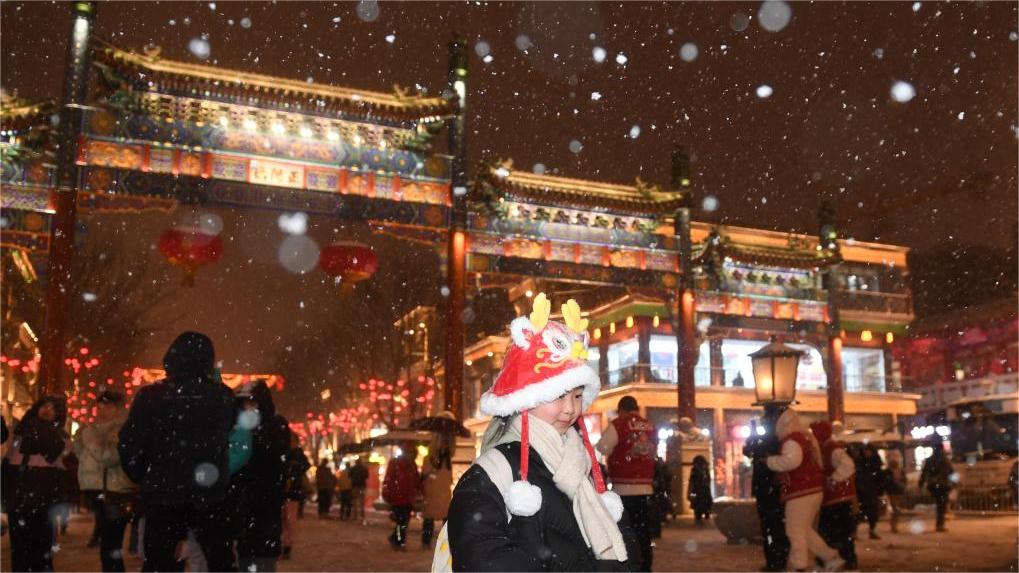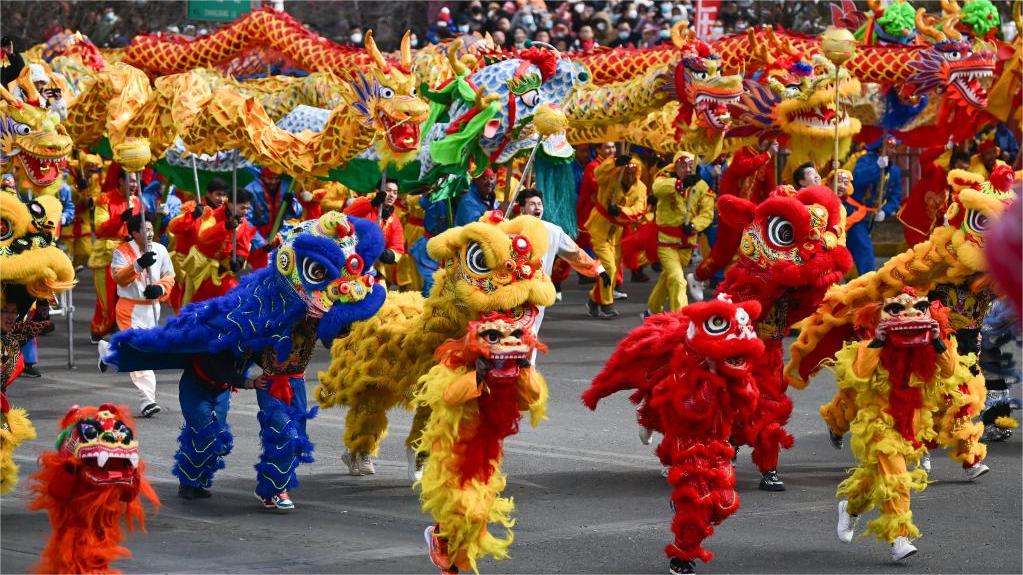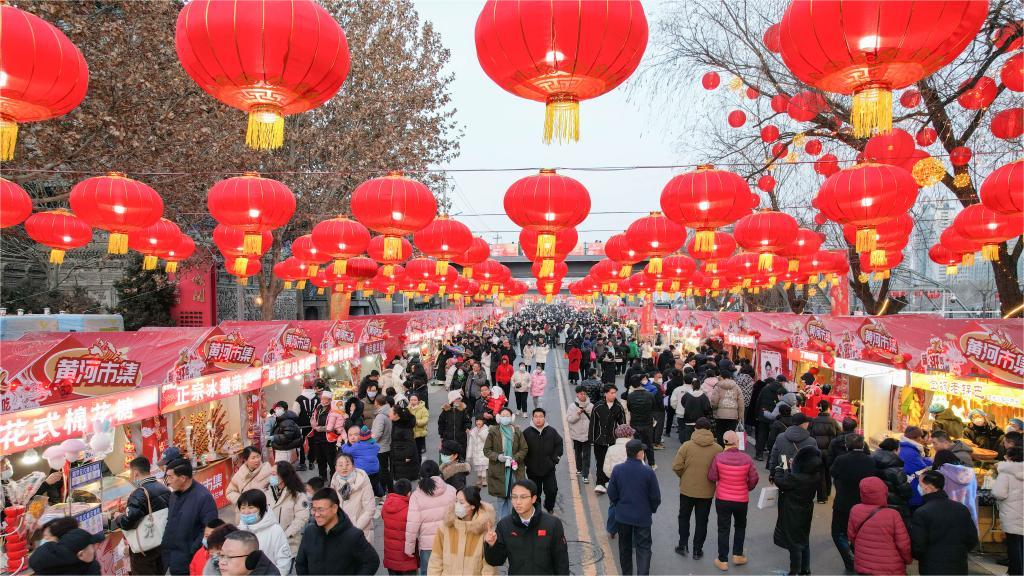96-year-old academician gives over 200 speeches to foreign audiences explaining why acupuncture anesthesia is not 'witchcraft'
"A young female patient was lying on the operating table with 10 needles inserted into her hands and feet - 40 needles in total," said Han Jisheng, an academician with the Chinese Academy of Sciences and internationally renowned pain management expert, recounting the first time he saw acupuncture, a form of traditional Chinese medicine (TCM), being used for anesthesia during a thoracotomy performed in the early 1960s.
"The patient did not scream throughout the surgery. She only furrowed her brows when her ribs were being cut," Han recalled.
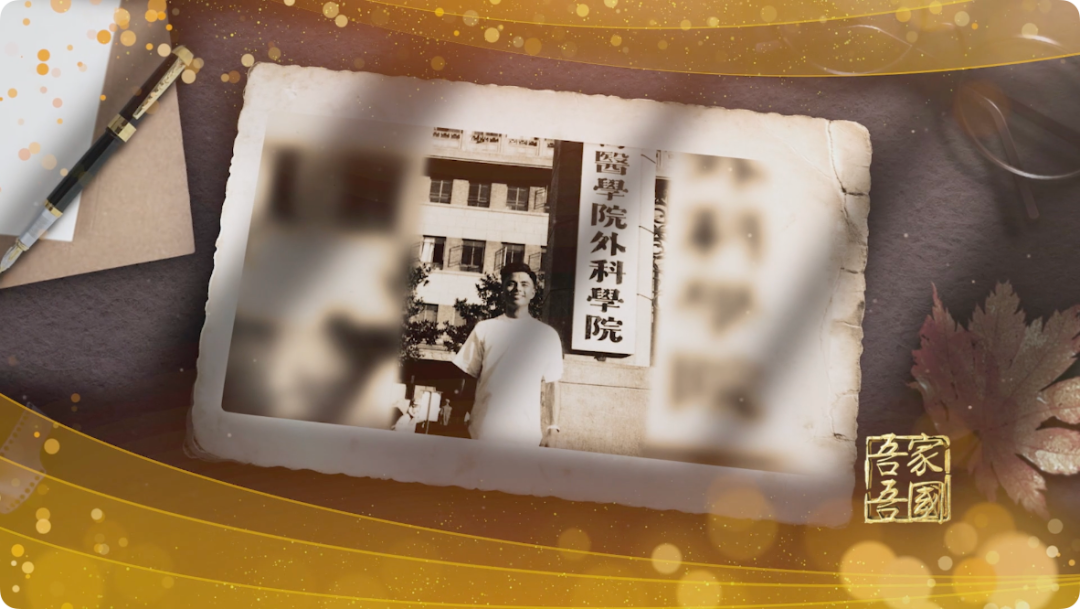
Video grab shows young Han Jisheng. (Source: cctvnewscenter)
Greatly impressed by what he saw, Han decided to shift from Western medicine to acupuncture anesthesia and uncover the principles and mechanisms behind the practice.
After being appointed as the head of a national research team dedicated to the study of acupuncture anesthesia, he began a brand new chapter in his life.
Through acupuncture-based pain relief experiments and neurochemical research using experimental apparatus made by its team members, the team successfully determined the mechanism behind acupuncture analgesia.
In 1977, Han's team compiled a book based on the materials collected during their research into acupuncture anesthesia, providing an important source of theoretical foundation for China's clinical and scientific research workers.
In 1979, when Han was 51 years old, he embarked on an overseas journey by himself, delivering 209 speeches at more than 100 universities and research institutes in 27 countries and regions.
He explained the mechanism behind acupuncture anesthesia with substantial experimental data and innovative neurological theories, changing the long-standing misperception in the Western medical community that acupuncture is not science-based.
"Had no one stepped up to answer questions and explain things, they would have always regarded acupuncture as 'witchcraft' and held a prejudice against us. The attempt to demonstrate the legitimacy of acupuncture by publishing papers would have probably failed too, because they couldn't get direct answers to their doubts," Han said.
"Only by answering their questions face to face can we completely convince them," he explained.
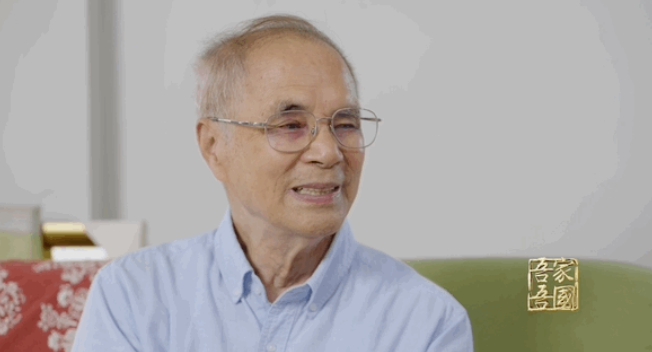
Video grab shows Han Jisheng. (Source: cctvnewscenter)
A milestone was achieved in his efforts to justify acupuncture during a hearing on the scientific foundation of the TCM practices of acupuncture and moxibustion and the feasibility of their application in the U.S. held by the country's National Institutes of Health (NIH) in 1997.
During the hearing, Han defended acupuncture and moxibustion before more than 1,000 experts from across the globe.
"I was prepared to answer all kinds of questions, so I dared to meet any challenge. As soon as they raised a question, I answered it immediately," Han recalled.
His efforts paid off. A statement released at the hearing affirmed acupuncture's efficacy and safety for pain relief.
Following the release of the statement, skepticism about acupuncture and moxibustion gradually disappeared, while relevant theories and acupuncture and moxibustion-based pain relief therapies gained wider recognition in the West.
Han is also a pioneer of China's pain medicine. He made significant contributions to the founding of the Chinese Association for the Study of Pain in 1989 and the establishment of pain medicine departments in hospitals around the country.
In recent years, the 96-year-old has blazed a trail in the development of a new therapy involving treating autism through acupoint stimulation.
Dedicating over six decades to his lifelong wish of "helping others", Han is still exploring new possibilities for the application of acupuncture in treating patients.
Photos
Related Stories
- Feature: Maltese university TCM students experience moxa stick crafting
- China's TCM institutions provide diagnoses, treatment to 1.28 bln people in 2023
- Traditional Chinese health regimens gain popularity among young people
- UN institute signs MoU with Chinese university for training cooperation
- Feature: Traditional Chinese medicine catching on in Switzerland
- New bibliography catalogs about 8,600 antique Traditional Chinese Medicine books
Copyright © 2024 People's Daily Online. All Rights Reserved.






